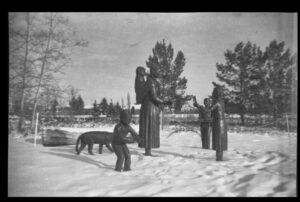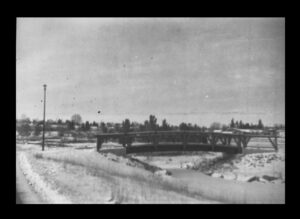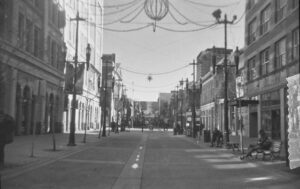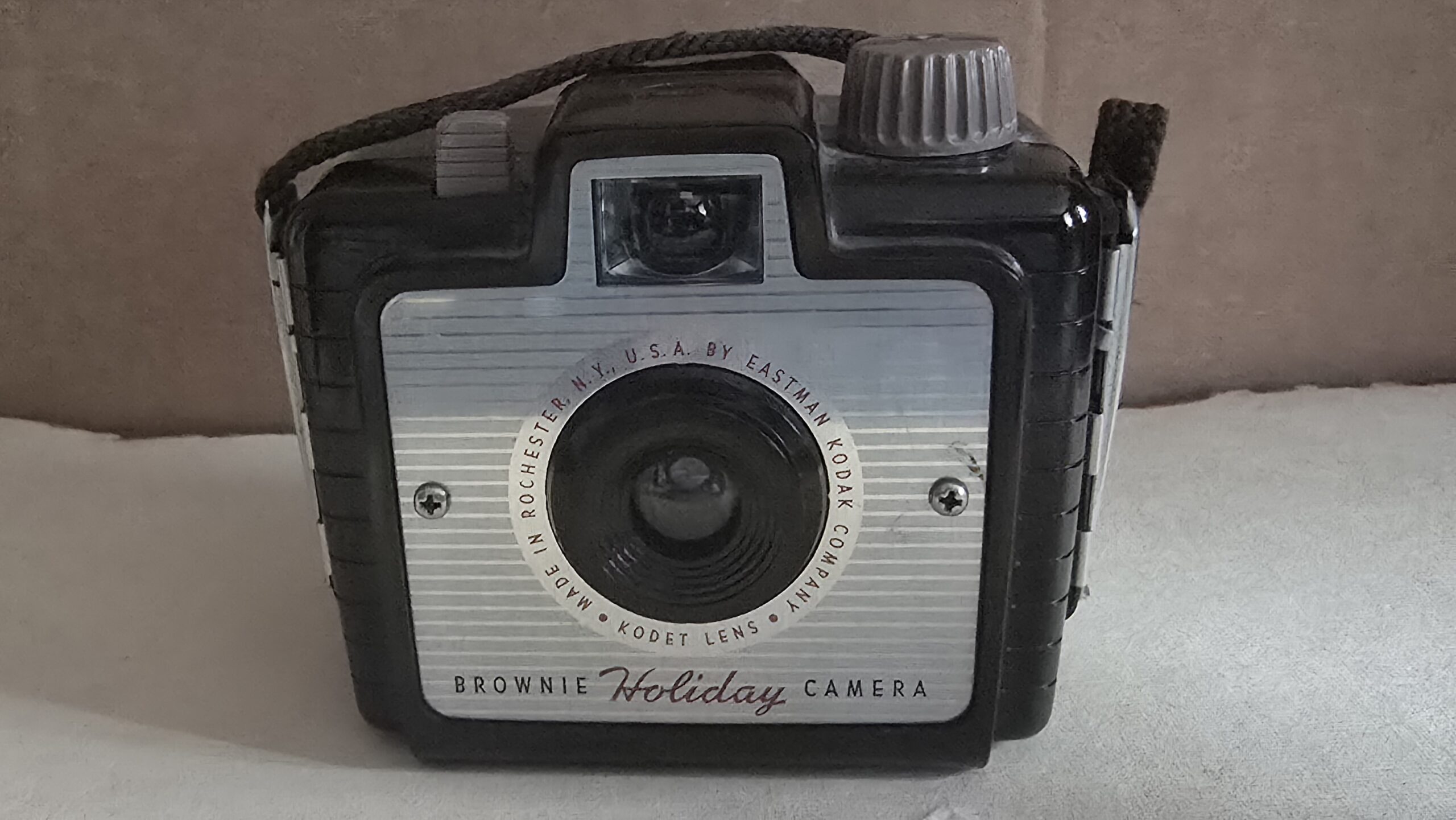Before photography became a playground of pixels and megapixels, there was the Brownie Holiday. No—not a seasonal dessert special, but a humble, hearty little camera Kodak released in 1953. This was an era when “point and shoot” truly meant just that, and the Brownie Holiday—stripped of flash attachments, extra features, or even a trace of pretense—stood as a testament to photographic simplicity.
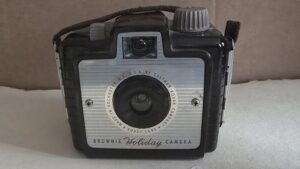
This wasn’t Kodak’s first rodeo with the Brownie name. The Brownie line stretches all the way back to 1900, originally created to make photography accessible to the masses. Fast-forward to the early 1950s, and Kodak was still at it, producing cameras that even your kid cousin or technophobic uncle could operate. The Holiday was part of this tradition—lightweight, affordable, and absolutely spartan in its feature set.
What You Got (and Didn’t Get)
The 1953 Brownie Holiday came with two controls: a shutter release and a film advance knob. That’s it. No flash. No focus ring. No aperture settings. No lie—this was as raw and analog as it gets.
-
Body: Sturdy Bakelite construction, the mid-century material of choice for everything from telephones to toaster handles. It had a charmingly chunky profile and a molded hand grip that looked like it belonged on a sci-fi prop from Forbidden Planet.
-
Lens: A simple single-element Dakon lens. Fixed focus. Fixed aperture. Fixed everything.
-
Shutter Speed: Somewhere around 1/50s, give or take a heartbeat. Or two.
-
Film: 127 roll film—each roll good for 8 square exposures. If you’re used to 35mm’s 36-exposure marathon, this was more of a sprint.
But that’s the point. The Brownie Holiday wasn’t meant to be a technical marvel. It was made for moments, not masterpieces, and for the everyman. It brought photography to the masses, a very democritising camera. It turned birthday parties, beach trips, and backyard barbecues into preserved memories—eight at a time.
The Joy of Limitations
In a modern world that loves to tweak, adjust, and auto-everything, the Holiday’s barebones build feels rebellious. There’s no choice but to slow down and think about your shot. You’re not just taking a picture—you’re composing an experience. And when you hear that loud, satisfying click of the shutter and crank the film knob to the next frame, it’s like dropping a coin into the jukebox of time.
It’s not a camera that forgives mistakes, but it’s one that invites play. Light leaks? Maybe. Blurry focus? Possibly. But every image has a story, and every story has a heartbeat.
